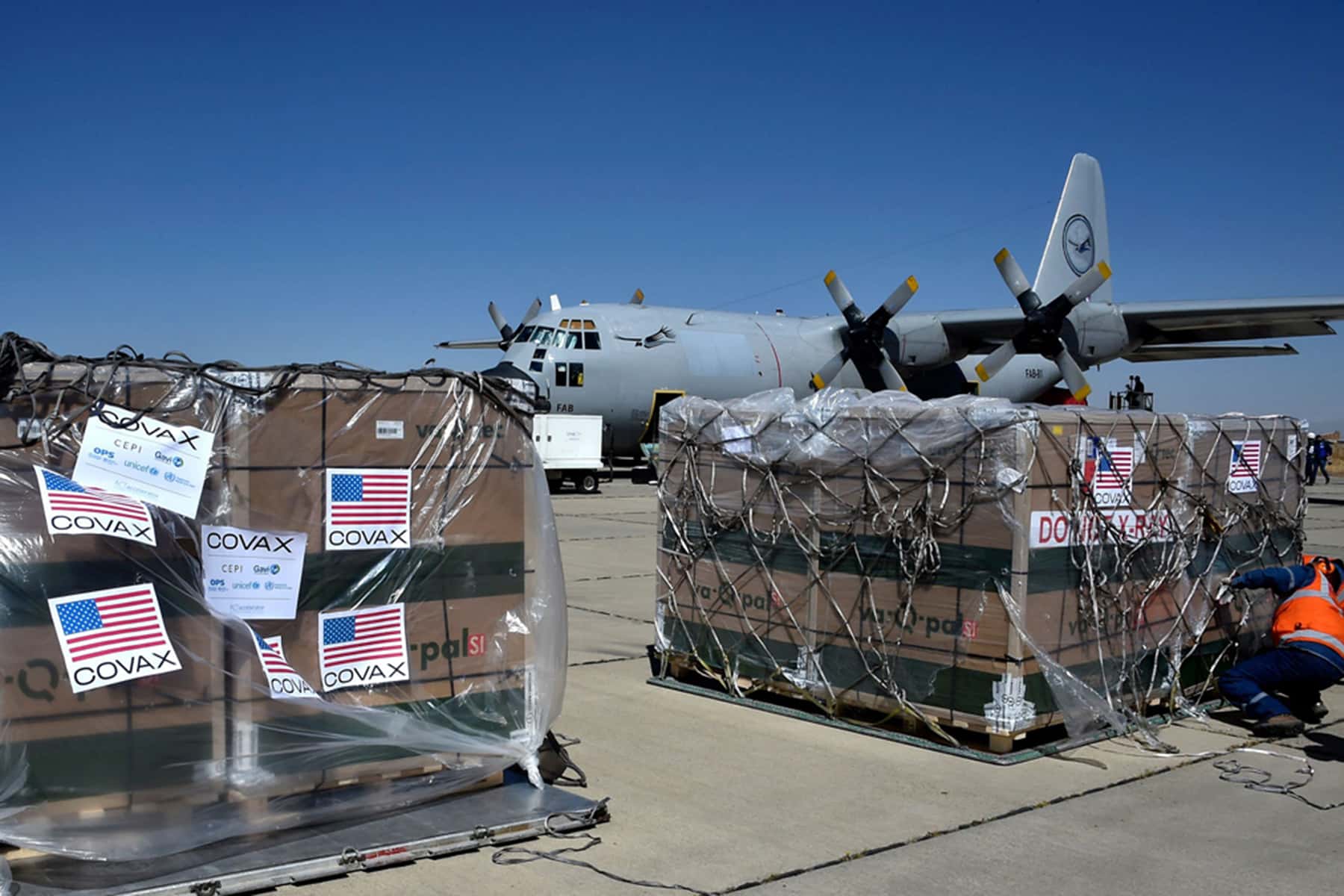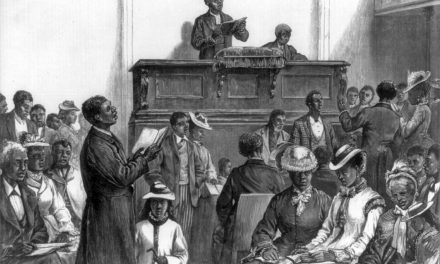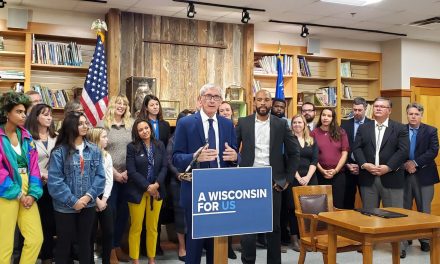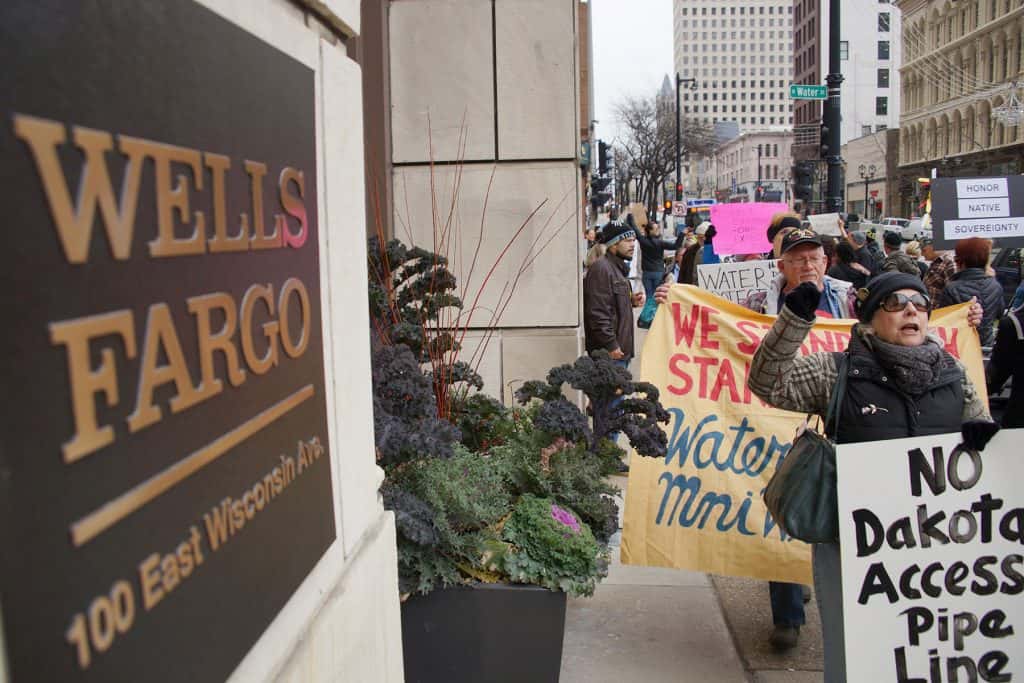
A new analysis showed a mere 1% of individuals in low-income countries have received at least one COVID-19 vaccine dose. It follows a report published on July 20 that revealed U.S. states are sitting on millions of unused doses of the life-saving inoculations that will soon expire as domestic demand declines.
According to the report, health departments in several states have repeatedly asked the federal government to redistribute excess vaccine stocks to other countries where they are desperately needed as many nations are suffering a third wave of the pandemic. However, STAT says federal officials have rejected states’ requests on legal and logistical grounds.
“We’re drowning in this stuff,” Robert Ator, a retired Arkansas Air National Guard colonel leading that state’s Covid-19 vaccine distribution drive, told STAT. “It’s starting to get a bit silly and we want to make sure we’re being good stewards.”
According to U.S. Centers for Disease Control and Prevention (CDC) data, U.S. states have administered 52.36 million fewer Covid-19 vaccine doses than they’ve received. Jennifer Kates, director of global health at the Kaiser Family Foundation, told STAT that even after accounting for reporting delays, wastage, and unadministered second shots, a conservative estimate suggests that states are currently sitting on around 26 million unused doses.
Many of those doses are set to expire in August. Marcus Plescia, chief medical officer at the Association of State and Territorial Health Officials, noted that dwindling demand was partly to blame for the glut of unused vaccines.
“We’re seeing demand falling off across all the states,” said Plescia. “It’s not like, if Connecticut doesn’t need theirs, it can go to Alabama. There just isn’t the demand.”
Meanwhile, stockpiles of vaccines continue to build at the federal level. The U.S. has bought 1.41 billion doses in total, and has so far distributed around 390 million across the country. An additional 562 million Moderna, Pfizer, and Johnson & Johnson vaccines are expected to arrive in the U.S. from July 2021 until the end of the year, according to Airfinity, a life sciences analytics firm.
COVID-19 misinformation, often disseminated by anti-vaccine personalities and spread by Republican politicians and right-wing pundits on social media and conservative cable news outlets and websites, was driving U.S. vaccination hesitancy and lowering demand for the shots.
CDC Director Rochelle Walensky said “this is becoming a pandemic of the unvaccinated,” noting that 97% of new Covid-19 hospitalizations are of people who have not had their shots.
As states grapple with the looming expiration of millions of unused vaccine doses, the Biden administration is falling short of its pledge to share tens of millions of vaccines with a world in desperate need.
In June, the White House announced that “the United States would be an arsenal of vaccines for the world,” and that President Joe Biden had “pledged 80 million doses to be allocated by the end of June.”
The White House said that 75% of the doses would be shared through COVAX, the global initiative co-led by Gavi, the Vaccine Alliance, the World Health Organization (WHO), and Coalition for Epidemic Preparedness Innovations (CEPI), while the remaining 25% “will be targeted to help deal with surges around the world.”
However, the U.S. shipped less than 24 million doses to 10 recipient nations by the end of June, and on July 20 Public Citizen access-to-medicines expert Zain Rizvi noted that the administration has only delivered half of the promised 80 million doses by the middle of July.
The Biden administration also committed to purchasing and donating 500 million doses of the Pfizer-BioNTech COVID-19 vaccine to more than 100 countries over the coming year, a pledge that Niko Lusiani, Oxfam America’s vaccine lead, called “encouraging” but “still a drop in the bucket compared to the need across the world.”
A Kaiser Family Foundation (KFF) analysis released on July 21 found that while 51% of those in high-income countries have received at least one dose of the Covid-19 vaccine, just 1% of those in low-income countries have.
Speaking at the 138th International Olympic Committee Session in Tokyo, WHO Director-General Dr. Tedros Adhanom Ghebreyesus said that “the global failure to share vaccines, tests, and treatments, including oxygen, is fueling a two-track pandemic: the haves are opening up, while the have-nots are locking down.”
“The longer this discrepancy persists, the longer the pandemic will drag on, and so will the social and economic turmoil it brings,” said Tedros. “I am often asked when the pandemic will end. My answer is equally simple: The pandemic will end when the world chooses to end it. We have the tools to prevent transmission, and save lives. Our common goal must be to vaccinate 70% of the population of every country by the middle of next year.”
More than three-and-a-half billion vaccine doses have now been administered globally, and more than one in four people have received at least one vaccine dose. On the surface, that’s good news. But it masks a horrifying injustice. Seventy-five percent of vaccines have been administered in just 10 countries. In low income countries, only 1% of people have received at least one dose, compared with more than half of people in high-income countries.
“Some of the richest countries are now talking about third booster shots for their populations, while health workers, older people, and other vulnerable groups in the rest of the world continue to go without,” the WHO chief said. “This is not just a moral outrage; it’s also epidemiologically and economically self-defeating.”
Tedros raised the possibility that “more variants will emerge with the potential to be even more dangerous than the Delta variant that is causing such devastation now. And the more variants, the higher the likelihood that one of them will evade vaccines and take us all back to square one. None of us is safe until all of us are safe. The tragedy of this pandemic is that it could have been under control by now, if vaccines had been allocated more equitably.”
Brett Wilkins
Аіzаr Rаldеs














